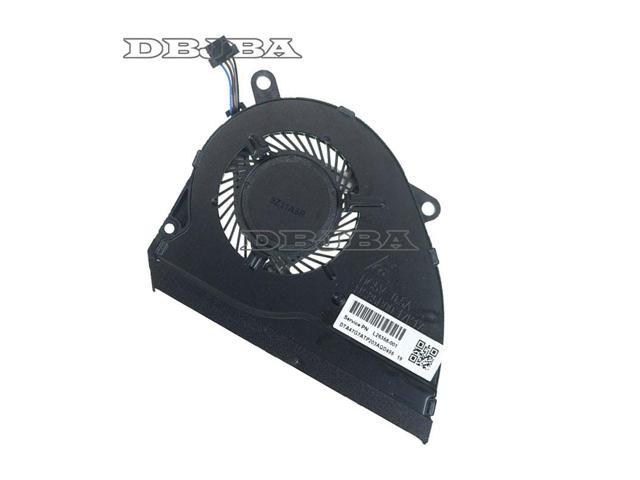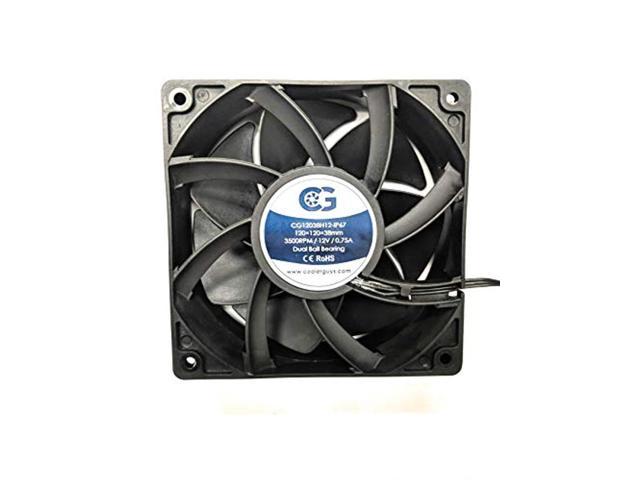Seawater desalination is a coastal-based industry. The growing number of desalination plants worldwide and the increasing size of single facilities emphasises the need for greener desalination technologies and more sustainable desalination projects. Two complementing approaches are the development and implementation of best available technology (BAT) standards and best practice guidelines for environmental impact assessment (EIA) studies. While BAT is a technology-based approach, which favours state of the art technologies that reduce resource consumption and waste emissions, EIA aims at minimizing impacts at a site- and project-specific level through environmental monitoring, evaluation of impacts, and mitigation where necessary. This book contains a comprehensive evaluation and synthesis of the potential environmental impacts of desalination plants, with emphasis on the marine environment and aspects of energy use, followed by the development of strategies for impact mitigating. A concept for BAT for seawater desalination technologies is proposed, in combination with a methodological approach for the EIA of desalination projects. The scope of the EIA studies are outlined, including environmental monitoring, toxicity and hydrodynamic modelling studies, and the usefulness of multi-criteria analysis as a decision support tool for EIAs is explored and used to compare different intake and pre-treatment options for seawater reverse osmosis plants.















